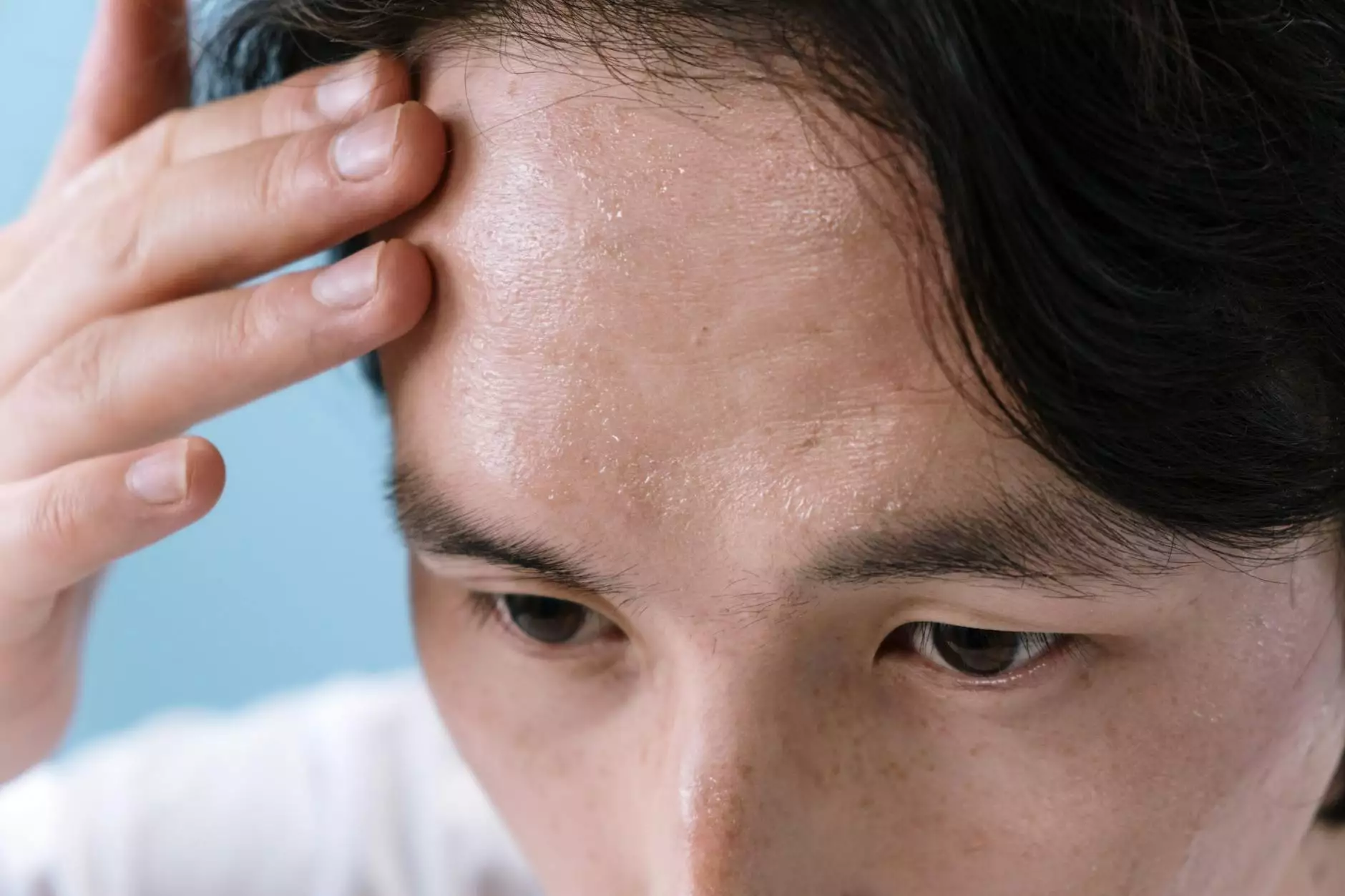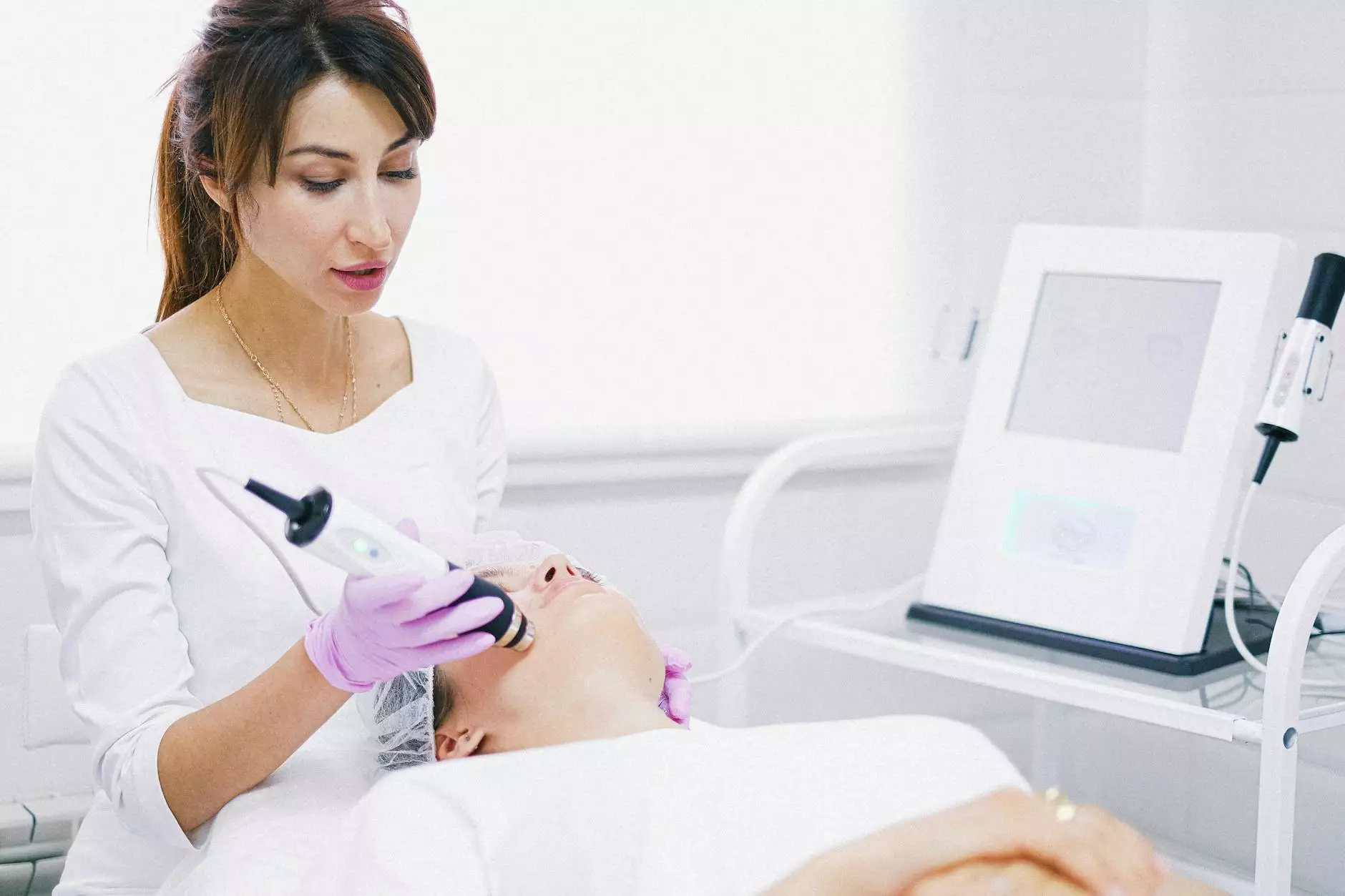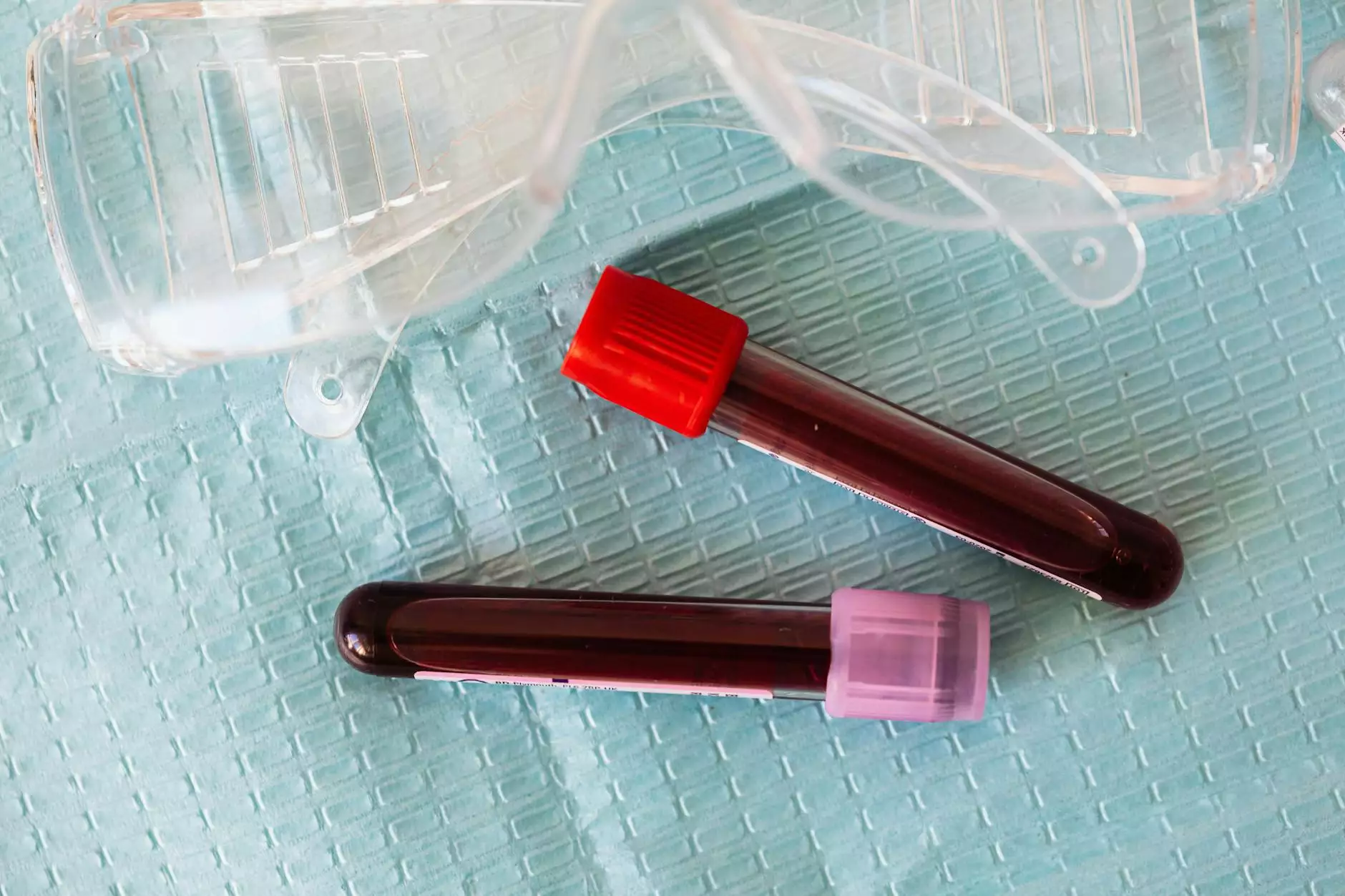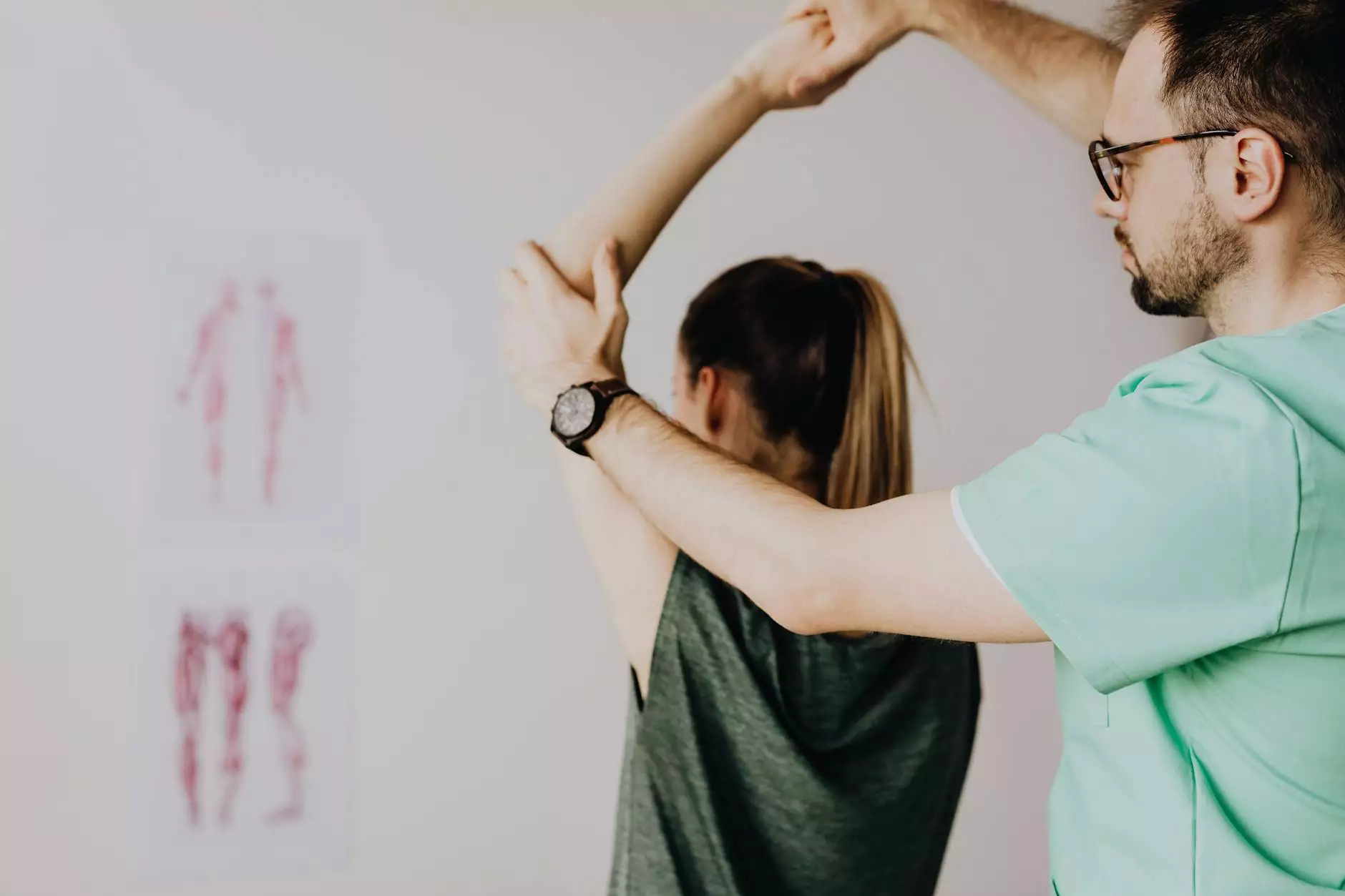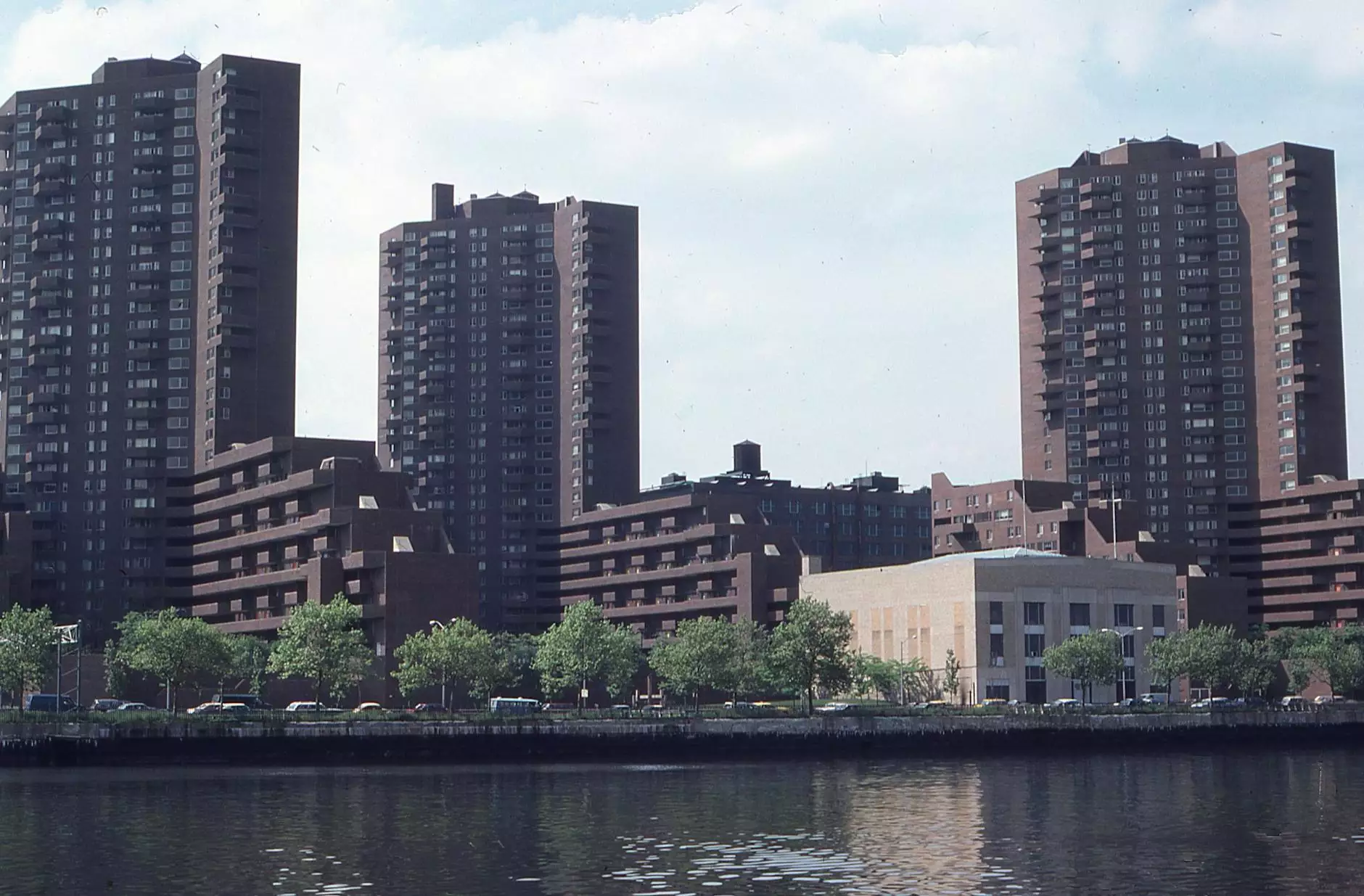How to Treat Foot and Ankle Spider Veins
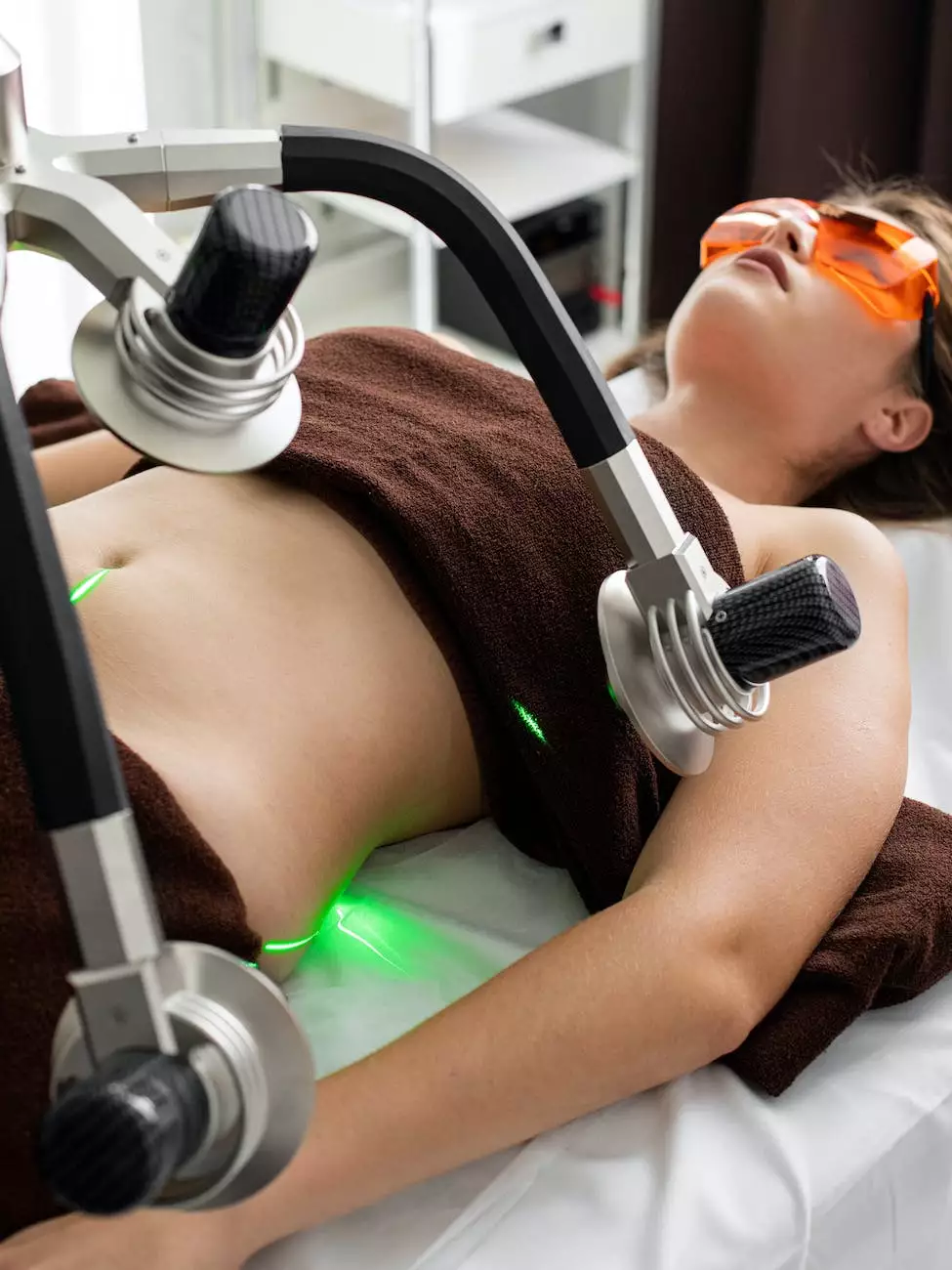
Welcome to Bay Regional Medical Center's comprehensive guide on treating foot and ankle spider veins. If you or someone you know is dealing with this condition, you've come to the right place. In this detailed article, we will cover everything you need to know about the causes, symptoms, treatment options, and recovery from foot and ankle spider veins.
Understanding Foot and Ankle Spider Veins
Foot and ankle spider veins, also known as telangiectasia, are small dilated blood vessels that appear close to the surface of the skin. They are commonly found on the feet and ankles, and while they may not be a serious health concern, they can be aesthetically displeasing or cause discomfort for some individuals.
These spider veins can develop due to various factors, including genetic predisposition, hormonal changes, prolonged standing or sitting, obesity, pregnancy, and certain medical conditions. Despite their name, spider veins are not exclusive to spiders; anyone can develop them.
Signs and Symptoms
Spider veins are usually harmless and do not cause pain or medical complications. However, some individuals may experience the following symptoms:
- Visible red, blue, or purple veins
- Mild swelling or aching in the affected area
- Burning or itching sensation
If you notice any of these symptoms or have concerns about your spider veins, it is always recommended to consult with a healthcare professional for an accurate diagnosis and personalized treatment plan.
Treatment Options
Bay Regional Medical Center offers various effective treatment options for foot and ankle spider veins. The most suitable treatment method will depend on factors such as the size, location, and severity of the spider veins, as well as your overall health. Here are some commonly recommended treatment options:
Sclerotherapy
Sclerotherapy is a non-surgical procedure where a specialized solution is injected into the spider veins, causing them to collapse and ultimately fade away. This is a popular and highly effective treatment for spider veins on the feet and ankles.
Laser Therapy
Laser therapy utilizes focused laser energy to target and destroy the spider veins without damaging the surrounding skin. It is a minimally invasive procedure that can deliver excellent results in treating foot and ankle spider veins.
Compression Stockings
Wearing compression stockings can help improve blood circulation and reduce the appearance of spider veins. These stockings provide graduated compression, applying the most pressure at the ankles and gradually decreasing towards the thighs.
Changes in Lifestyle
Some lifestyle modifications can reduce the risk of developing or worsening foot and ankle spider veins. These include:
- Regular exercise to improve blood circulation
- Avoiding prolonged periods of standing or sitting
- Maintaining a healthy weight
- Elevating the legs whenever possible
Recovery and Prevention
Following the appropriate treatment, you can expect to see significant improvement in the appearance of your foot and ankle spider veins. However, it is important to note that individual results may vary, and multiple treatment sessions may be required for optimal results.
To prevent future spider veins from developing, it is advisable to maintain a healthy lifestyle, incorporate regular physical activity, wear comfortable shoes, and avoid excessive pressure or trauma to the feet and ankles.
At Bay Regional Medical Center, our team of experts is dedicated to providing the highest quality care for individuals with foot and ankle spider veins. Contact us today to schedule a consultation and explore the best treatment options for your specific needs.




